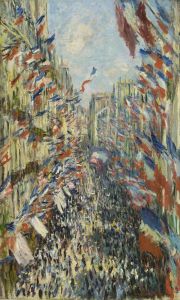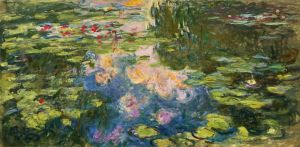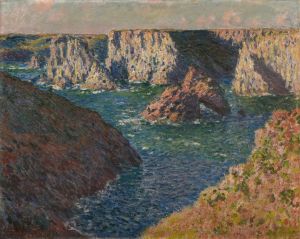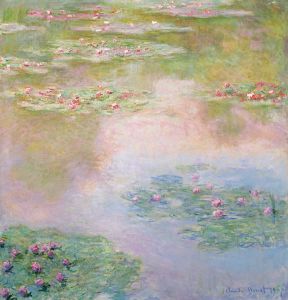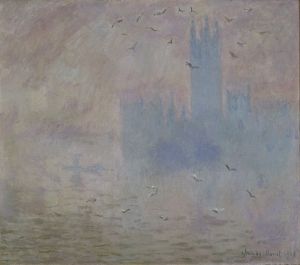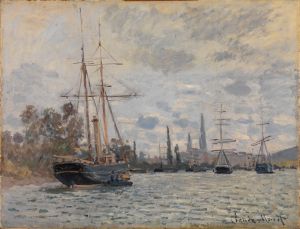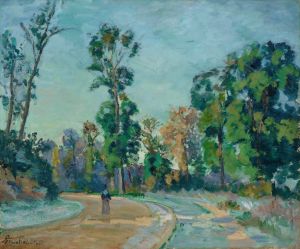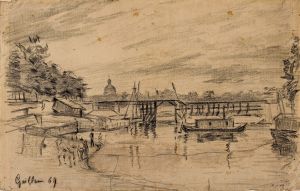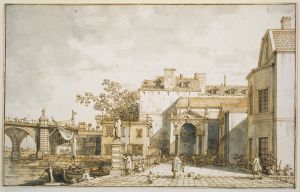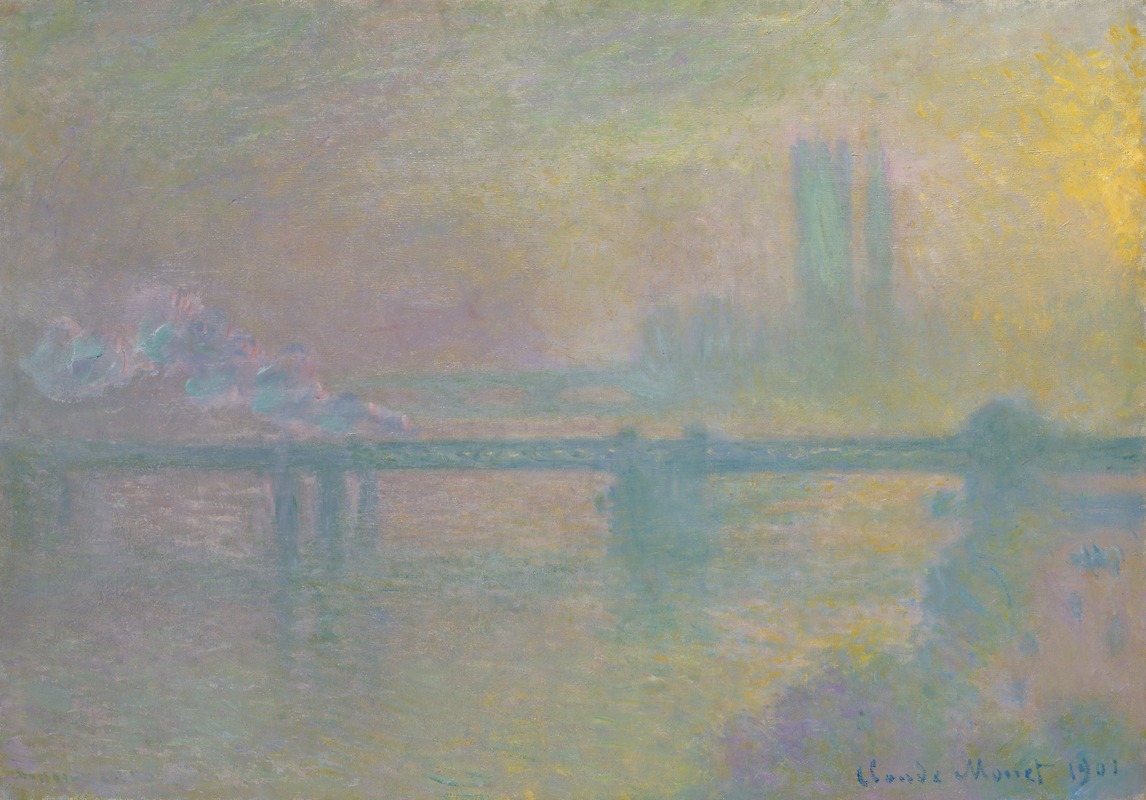
Charing Cross Bridge, London
A hand-painted replica of Claude Monet’s masterpiece Charing Cross Bridge, London, meticulously crafted by professional artists to capture the true essence of the original. Each piece is created with museum-quality canvas and rare mineral pigments, carefully painted by experienced artists with delicate brushstrokes and rich, layered colors to perfectly recreate the texture of the original artwork. Unlike machine-printed reproductions, this hand-painted version brings the painting to life, infused with the artist’s emotions and skill in every stroke. Whether for personal collection or home decoration, it instantly elevates the artistic atmosphere of any space.
Claude Monet's "Charing Cross Bridge, London" is one of the many paintings created by the French Impressionist master during his visits to London in the early 20th century. Monet, renowned for his ability to capture the transient effects of light and atmosphere, painted this particular subject as part of a larger series focusing on the River Thames and its surroundings.
Monet first visited London in 1870-71, but it was during his subsequent trips between 1899 and 1901 that he concentrated on painting the city's iconic landmarks. The Charing Cross Bridge series, along with his depictions of the Houses of Parliament and Waterloo Bridge, form a significant part of his London series. These works are celebrated for their exploration of the interplay between the city's fog, light, and architecture.
The Charing Cross Bridge paintings, like many of Monet's works from this period, reflect his fascination with the effects of weather and light on the landscape. Monet was particularly interested in how London's famous fog could transform the appearance of the cityscape. The atmospheric conditions often rendered the structures of the city in soft, diffused outlines, allowing Monet to experiment with color and form in innovative ways.
Monet's technique involved painting the same scene multiple times under different lighting conditions and at various times of the day. This method allowed him to capture the subtle changes in color and mood that occurred as the light shifted. The Charing Cross Bridge series exemplifies this approach, with each painting offering a unique perspective on the bridge and its surroundings.
The Charing Cross Bridge itself is a railway bridge that crosses the River Thames in central London. It connects the Charing Cross railway station on the north bank with the Waterloo station on the south bank. The bridge's utilitarian design provided a stark contrast to the natural elements of the river and sky, a juxtaposition that Monet skillfully rendered in his paintings.
Monet's London series, including the Charing Cross Bridge paintings, was met with critical acclaim and contributed to his reputation as a leading figure in the Impressionist movement. These works are now housed in various museums and private collections around the world, where they continue to be studied and admired for their innovative use of color and light.
In summary, "Charing Cross Bridge, London" by Claude Monet is a testament to the artist's ability to capture the ephemeral qualities of light and atmosphere. Through his series of paintings, Monet not only documented a specific location but also explored the broader themes of perception and the passage of time, solidifying his legacy as a pioneer of Impressionism.






